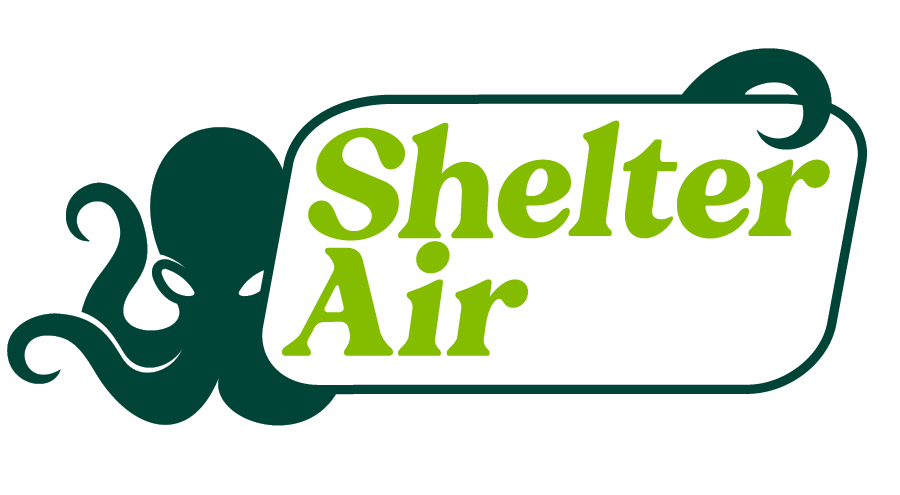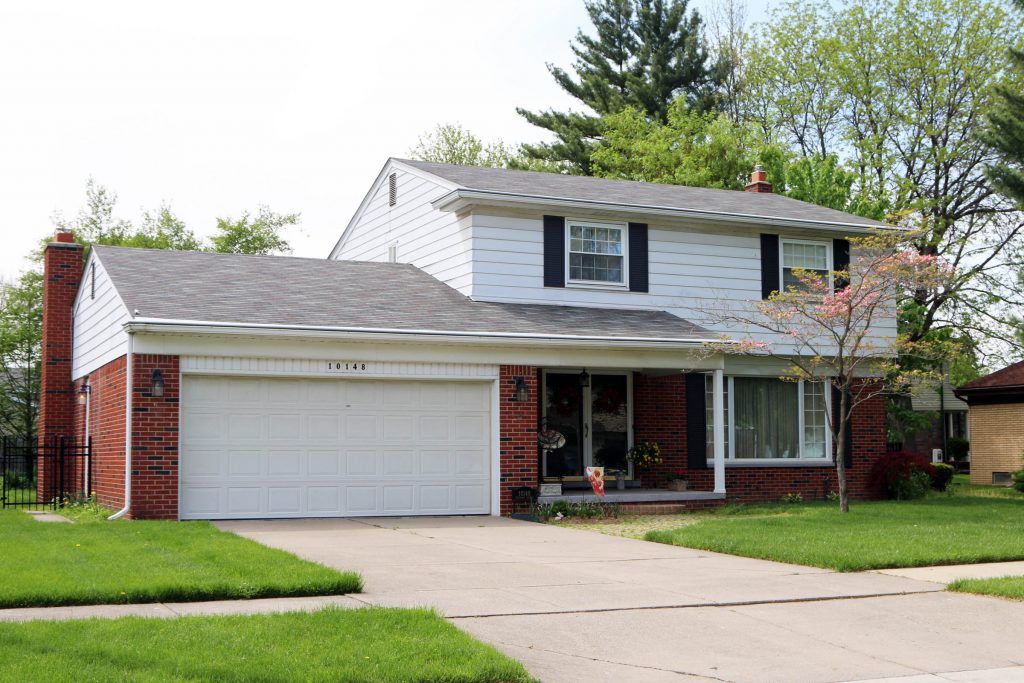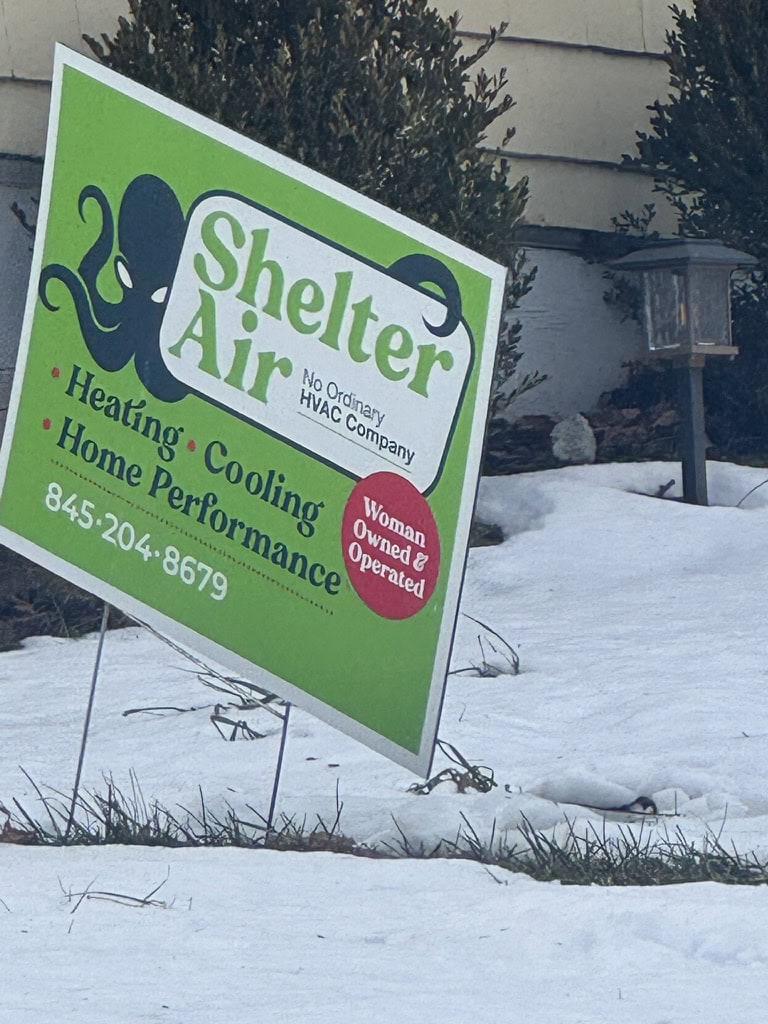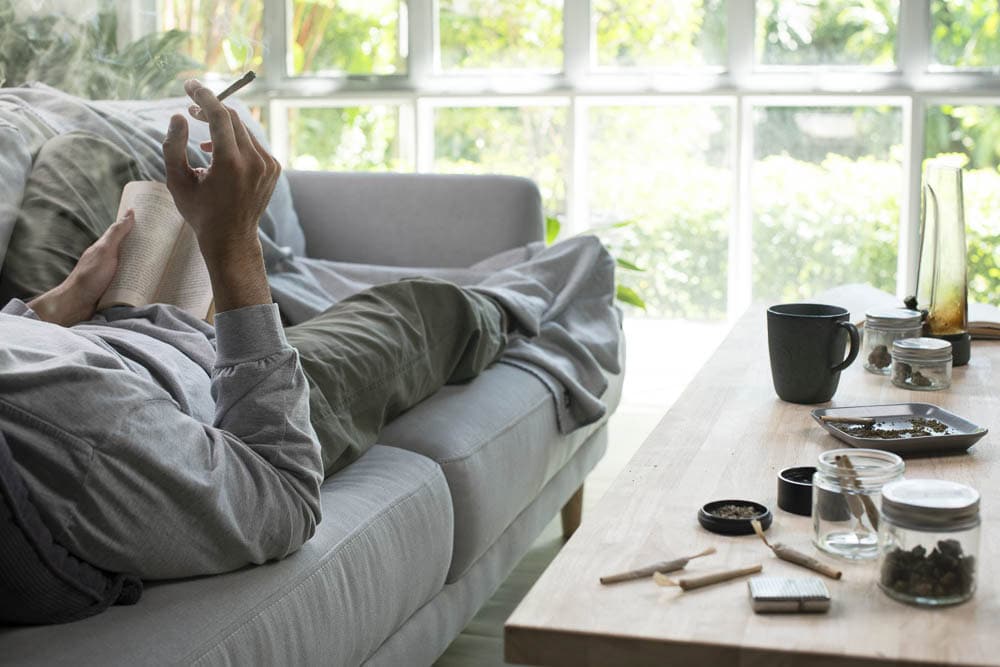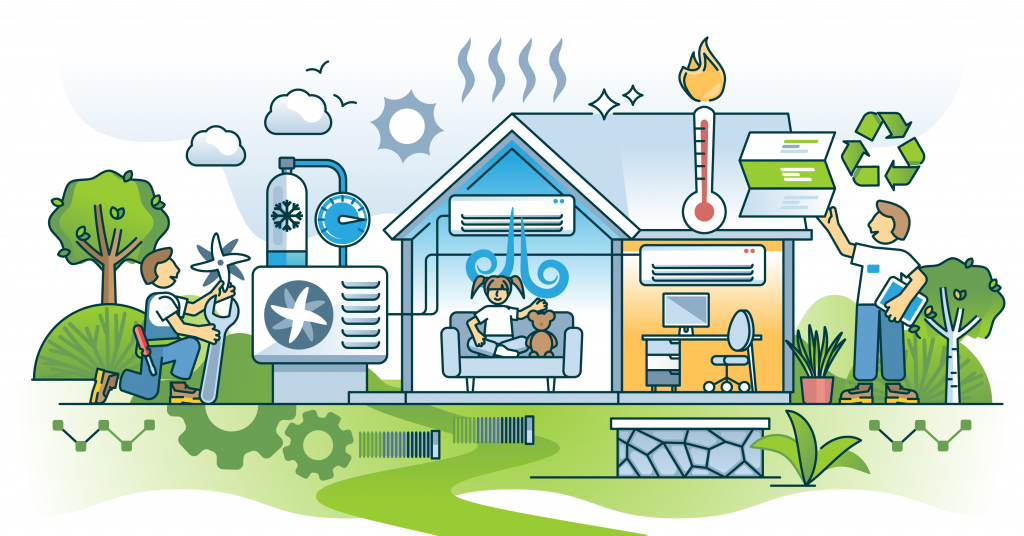Tucked away in the picturesque settings of Upper Westchester, Lower Westchester, and the River Towns are countless vintage homes, each with its unique charm and architectural nuances. These homes, predominantly constructed between the 1950s and 1990s, embody a slice of suburban history while facing the modern-day challenge of maintaining optimal indoor air quality without compromising on energy efficiency. I’ve worked closely with homeowners who cherish their vintage spaces yet seek contemporary solutions for healthier living. Ensuring our homes can breathe is crucial and here are some ways you can achieve this.
While our vintage homes offer comfort and character, they can also harbor unseen hazards that impact our health and well-being. Recognizing these dangers is the first step toward creating a safer indoor environment.
The answer is Yes.
The Hidden Dangers Lurking in Our Vintage Abodes
- Volatile Organic Compounds (VOCs): Emitted from paints, adhesives, and building materials, these compounds can deteriorate indoor air quality.
- Mold and Mildew: Poor ventilation can lead to damp conditions, encouraging mold growth which poses respiratory risks.
- Carbon Monoxide and Radon: Aging heating systems and insufficient ventilation can increase the risk of carbon monoxide poisoning, while radon gas, a natural but harmful occurrence, can seep into homes built on soil with natural uranium deposits.
- Dust and Allergens: Older homes can accumulate more dust and allergens, exacerbating conditions like asthma and allergies.
- Lead and Asbestos: Homes built before the late 1970s may still have remnants of lead paint or asbestos insulation, both of which are hazardous when disturbed.
Breathing New Life into Homes: A Guide
To counter these hazards and ensure our homes offer not just shelter but also a healthful environment, here are essential strategies every homeowner can adopt:
- Integrate ERVs or HRVs: Installing Energy Recovery Ventilators or Heat Recovery Ventilators can dramatically improve your home’s air exchange, offering a fresh breath of air while retaining energy efficiency.
- Invest in Indoor Greenery: Houseplants can naturally purify indoor air, adding both beauty and beneficial air-cleansing properties to your living space.
- Upgrade Ventilation in Key Areas: Motion-sensing, humidity, and VOC-sensing bathroom fans, along with kitchen vents that exhaust outdoors, are vital in controlling moisture and reducing indoor pollutants.
- Maintain and Update HVAC Systems: Regularly cleaning or replacing HVAC filters, using MERV 8 or higher filters, and considering the upgrade to high-efficiency furnaces, heat pumps, or mini-split systems, can enhance air quality while reducing energy consumption.
- Select Low-VOC and Eco-Friendly Products: From paint to cleaning supplies, opting for products with minimal environmental impact can significantly improve indoor air quality.
- Embrace Natural Ventilation: Whenever possible, opening windows to allow fresh air flow can dilute indoor pollutants and refresh your home’s atmosphere.
- Opt for Natural Furnishings: Choosing furniture, carpets, and bedding made from natural fibers and materials can reduce the presence of harmful chemicals in your living spaces.
- Update to High-Efficiency Heating and Cooling: Replacing older boilers, furnaces, and AC units with modern, high-efficiency models or transitioning to heat pump and mini-split (also referred to as mini split and split units) systems supports a move away from fossil fuels and enhances indoor air quality.
- Invest in an indoor air quality monitor system so that you know the air you are breathing is clean.
A Note from Kimberly Sevilla
In embracing these strategies, we’re not only ensuring our vintage homes in Lower Westchester, Upper Westchester, and the River Towns are healthier and more energy-efficient, but we’re also preserving their character for future generations. It’s about creating a living space that reflects both our aesthetic preferences and our commitment to a sustainable, health-conscious lifestyle.
At Shelter Air, we’re dedicated to helping you navigate the intricacies of modernizing your vintage home for better air quality. Together, let’s ensure our cherished spaces are not only beautiful to behold but also safe and nurturing environments for all who dwell within.
Feel free to Schedule a Consultation or reach out at info@shelter-air.com for more information.
